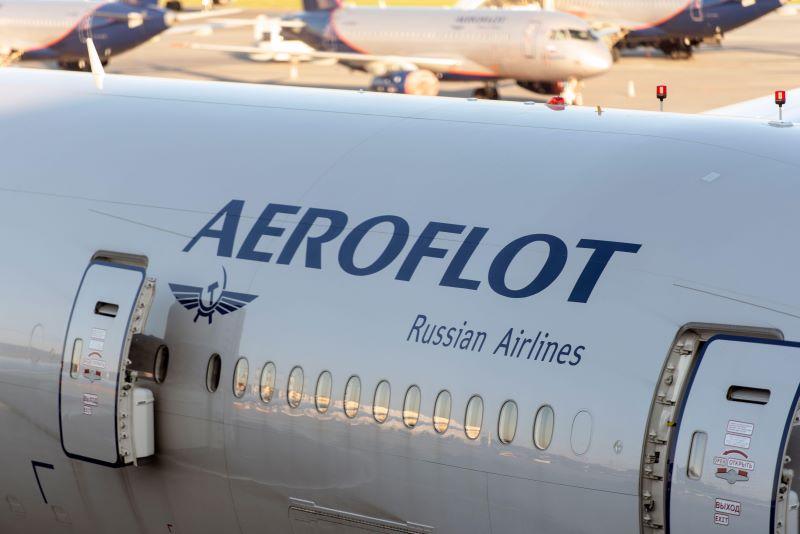Aeroflot Insists On Two-Crew Tupolev Tu-214

Credit: Alexey Panferov / Alamy Stock Photo
The quick return of the Soviet design Tuploev Tu-214 narrowbody passenger airliner to commercial operations in Russia is under challenge as its largest customer—Aeroflot Group—suddenly demanded the aircraft with two-crew cockpit. The Tu-214 made its first flight in 1996 and is the last produced...
Subscription Required
This content requires a subscription to one of the Aviation Week Intelligence Network (AWIN) bundles.
Schedule a demo today to find out how you can access this content and similar content related to your area of the global aviation industry.
Already an AWIN subscriber? Login
Did you know? Aviation Week has won top honors multiple times in the Jesse H. Neal National Business Journalism Awards, the business-to-business media equivalent of the Pulitzer Prizes.




